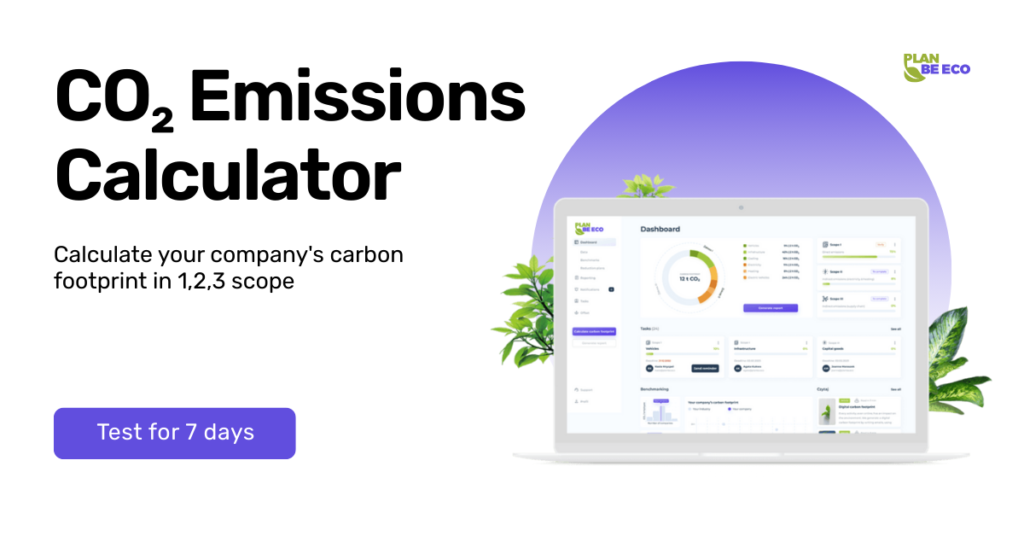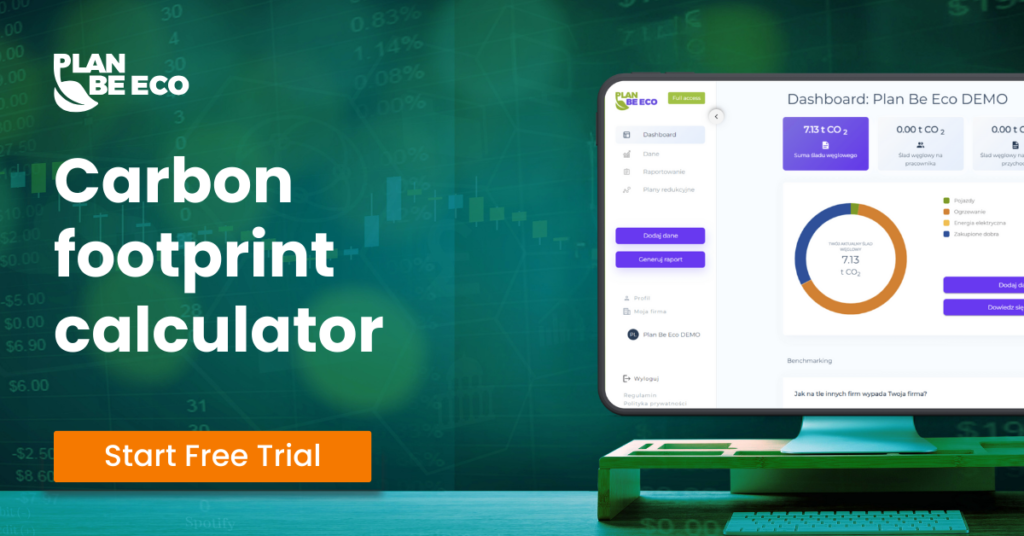The Carbon Footprint of Food: What impact does food production have on the climate?
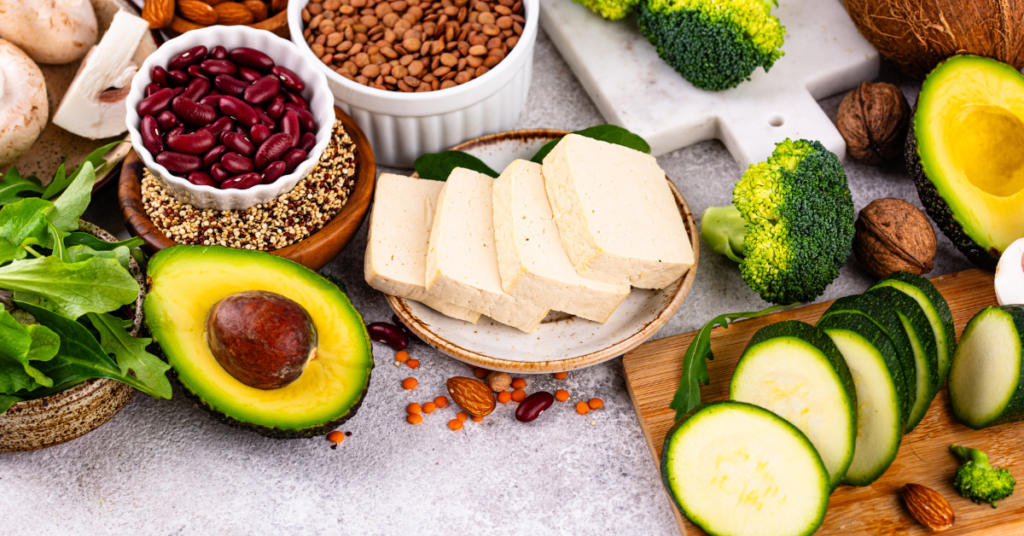
Food production is responsible for almost one third (according to some sources one quarter) of global greenhouse gas (GHG) emissions. According to the United Nations Food and Agriculture Organization (FAO), agri-food systems generate around 16.2 billion tons of CO₂ equivalent annually, making them one of the main drivers of climate change.
This massive impact on the environment results not only from emissions from food production itself, but also from the enormous use of resources: 80% of the world’s agricultural land is used for crop production, and the agricultural sector consumes 70% of global freshwater resources. Although public debate often highlights the role of transport, the facts show otherwise: while transport accounts for some emissions, the key processes occur in fields, pastures, and animal farms—not in the transportation of food items to supermarkets.
Which foods have the largest carbon footprint?
Animal-based foods have the highest emissions intensity and diet’s carbon footprint. Beef emits an average of 60 kg CO₂e per kilogram, making it one of the most carbon-intensive food items. Lamb and mutton generate about 24 kg CO₂e/kg, pork – 7–12 kg CO₂e/kg, and poultry – 6–10 kg CO₂e/kg.
Dairy also has a higher footprint than plant-based foods: one liter of cow’s milk is linked to about 3 kg CO₂e, while a kilogram of cheese can reach up to 21 kg CO₂e. For comparison, a glass of plant-based milk (e.g., oat or pea) is about 71 g CO₂e – more than four times lower. This highlights how different foods vary significantly in emissions intensity.

Do deforestation and land-use change impact emissions?
Another key source of food-related emissions is land-use change and deforestation. Vast areas of the Amazon are being cleared for soy and corn cultivation, most of which ends up as livestock feed to meet the growing demand for animal-based foods. This means that meat production is responsible not only for direct farming emissions but also for the loss of natural carbon sinks.
Indirectly, this also contributes to social issues—from displacement of communities to the loss of local livelihoods.
Do packaging materials affect the food carbon footprint?
Although the largest share of emissions comes from plant and animal production itself, packaging also matters. Depending on the materials used and waste management processes, packaging can account for several to more than ten percent of a product’s emissions. Paradoxically, plastic may have a lower footprint than glass when processing and transport are included—but recycling remains problematic. Glass and aluminum, despite higher production emissions, fit better into sustainable systems of reuse.
Food companies are increasingly investing in eco-design—lighter, mono-material packaging or reusable solutions. This requires new actions across the supply chain but also offers opportunities to reduce the carbon footprint of food.
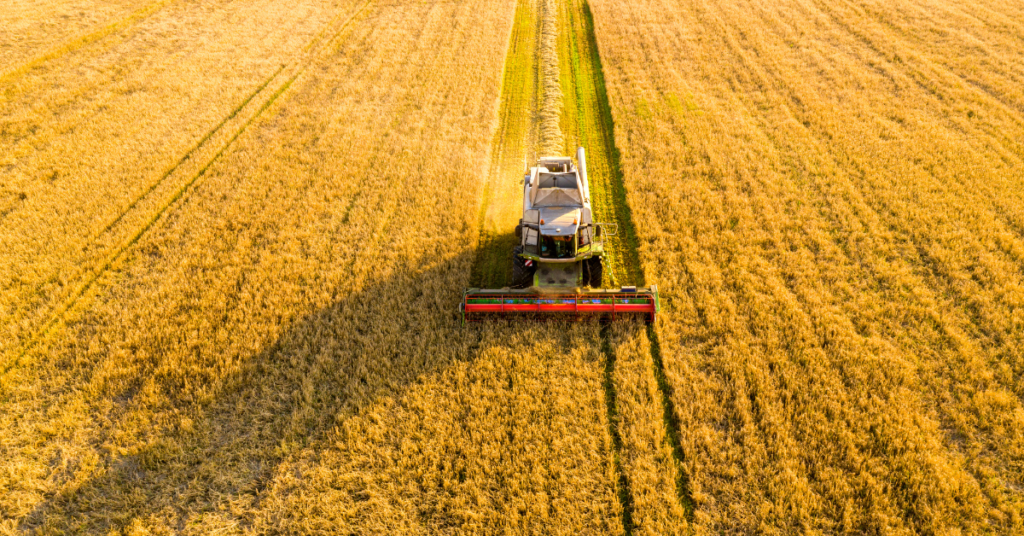
Do deforestation and land-use change impact emissions?
Another key source of food-related emissions is land-use change and deforestation. Vast areas of the Amazon are being cleared for soy and corn cultivation, most of which ends up as livestock feed to meet the growing demand for animal-based foods. This means that meat production is responsible not only for direct farming emissions but also for the loss of natural carbon sinks.
Indirectly, this also contributes to social issues—from displacement of communities to the loss of local livelihoods.
Do packaging materials affect the food carbon footprint?
Although the largest share of emissions comes from plant and animal production itself, packaging also matters. Depending on the materials used and waste management processes, packaging can account for several to more than ten percent of a product’s emissions. Paradoxically, plastic may have a lower footprint than glass when processing and transport are included—but recycling remains problematic. Glass and aluminum, despite higher production emissions, fit better into sustainable systems of reuse.
Food companies are increasingly investing in eco-design—lighter, mono-material packaging or reusable solutions. This requires new actions across the supply chain but also offers opportunities to reduce the carbon footprint of food.
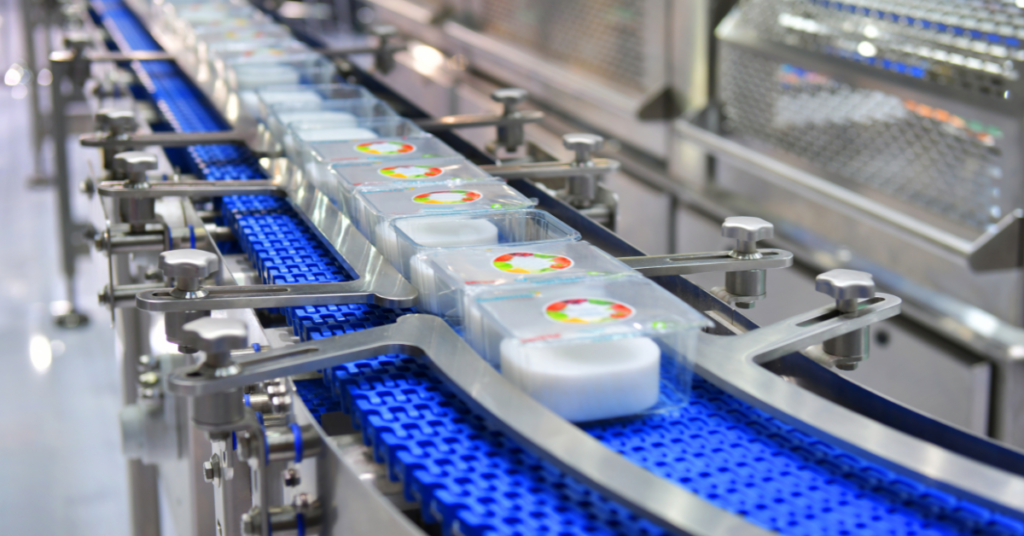
How is the food carbon footprint calculated?
To calculate a product’s footprint, the Life Cycle Assessment (LCA) methodology is used. This analysis covers different stages:
-
cradle to gate – from raw material acquisition to the product leaving the farm,
-
cradle to consumer – including transport, processing, and retail,
-
cradle to grave – the full cycle, including storage, meal preparation, and disposal.
ISO 14040 and ISO 14044 define analysis standards, while in Europe, regulations tied to climate neutrality and climate action are playing an increasing role.
Examples show that transport accounts for less than commonly assumed. Importing lettuce from Spain to the UK in winter may have a lower footprint than producing it locally in energy-intensive greenhouses.
Are food waste and refrigeration hidden sources of emissions?
Food losses must not be overlooked. It is estimated that one third of global food production goes to waste—meaning the CO₂ equivalent emitted during cultivation, processing, transport, and storage benefits no one.
Additional emissions come from refrigeration, temperature-controlled transport, and prepared meals. Industrial-scale fishing and meat waste also add significantly to the sector’s total carbon emissions.
What are the options for reducing the food carbon footprint?
Although production drives the largest share of food-related emissions, food choices made by consumers matter greatly. The most impactful action to address climate change is reducing meat—especially red meat—and dairy consumption. Just one meat- and dairy-free day per week can reduce the carbon footprint in a way comparable to completely switching to zero “food miles” local products.
Consumers can also cut emissions by avoiding food waste—remember that up to one third of global food output is discarded. From a climate perspective, this is a double loss: wasted resources and unnecessary carbon emissions. Making conscious decisions about what we eat is an important part of climate action.
How does climate change affect crop security?
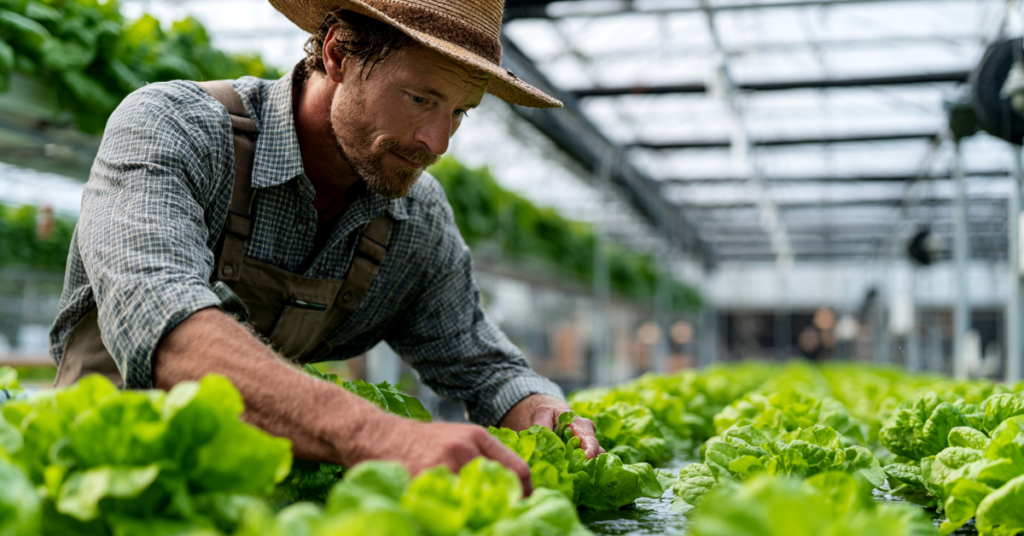
Global warming directly threatens staple crops that millions rely on. Bananas, a staple food for 400 million people, are increasingly vulnerable to diseases and extreme weather. By 2080, up to 60% of croplands in Latin America and the Caribbean may become unsuitable for their cultivation.
Coffee—particularly Arabica—is highly sensitive to rising temperatures. By mid-century, production areas could shrink by half. Cocoa, grown mainly in Ghana and Côte d’Ivoire, is already suffering yield declines due to heat and plant diseases—driving record global prices.
What are the consequences of climate change for food production?
Shifts in food production affect not only availability and prices in developed countries but also the livelihoods of millions of smallholder farmers in the Global South. Around 25 million people depend on coffee farming, 50 million on cocoa, and 400 million consumers in developing countries on bananas.
Declining yields, worsening plant diseases, and extreme weather events create risks of poverty, migration, and hunger. Already, over 295 million people in 53 countries suffer from acute malnutrition, according to the Environmental Protection Agency and humanitarian reports, and forecasts suggest the problem could worsen by another 20% by 2050 without adaptation and climate action.
Why is measuring food emissions a strategic challenge?
Financial institutions, investors, and regulators increasingly treat food-related emissions as a business risk factor. Food companies must report their emissions intensity, while consumers, aware of the environmental consequences, prefer lower-footprint products, especially locally sourced ones.
This means new investments in technology, efficient supply chain management, and the reduction of waste are required. At the same time, consumers – even through small decisions about what they eat -can indirectly influence the pace of change and support sustainable systems.
Summary
Food production is responsible for a significant share of global GHG emissions and represents one of the greatest challenges on the road to climate neutrality. Animal-based foods such as beef and pork have the largest carbon-intensive footprint, while plant-based foods and vegetables are far less burdensome.
The total emissions result from production and processing but also from waste, packaging, and storage. Responsibility lies with producers, institutions, and consumers. The entire supply chain must act to reduce the carbon footprint, build sustainable systems, and address climate change.
FAQ – Frequently Asked Questions
1. Where should I start calculating the food carbon footprint?
The basis is collecting data—both direct and indirect—across the entire supply chain. This includes plant and animal production, energy use, methane emissions, transport, packaging, storage, and processing. The next step is a Life Cycle Assessment (LCA), which shows the total greenhouse gas emissions expressed in CO₂ equivalent.
2. Will operating on the local market reduce the emissions of my food products?
Not always. While transport contributes to emissions, production methods matter most. For example, plant-based food grown under suitable conditions may have a lower footprint even if imported. Meanwhile, local meat and dairy still generate higher emissions due to methane and land use for grazing.
3. How can Plan Be Eco support food producers on the road to climate neutrality?
Plan Be Eco specializes in calculating the carbon footprint of food products and entire organizations. We help food companies prepare reliable LCA analyses, report emissions in line with requirements, and identify reduction strategies. This enables businesses to effectively lower their footprint, prepare for climate neutrality, and build a competitive market advantage.
Reference Links
-
https://ourworldindata.org/environmental-impacts-of-food?insight=there-are-also-large-differences-in-the-carbon-footprint-of-the-same-foods#key-insights
-
https://www.visualcapitalist.com/visualising-the-greenhouse-gas-impact-of-each-food
-
https://www.wfp.org/publications/global-report-food-crises-grfc
-
https://www.actionagainsthunger.org.uk/why-hunger/climate-crisis
